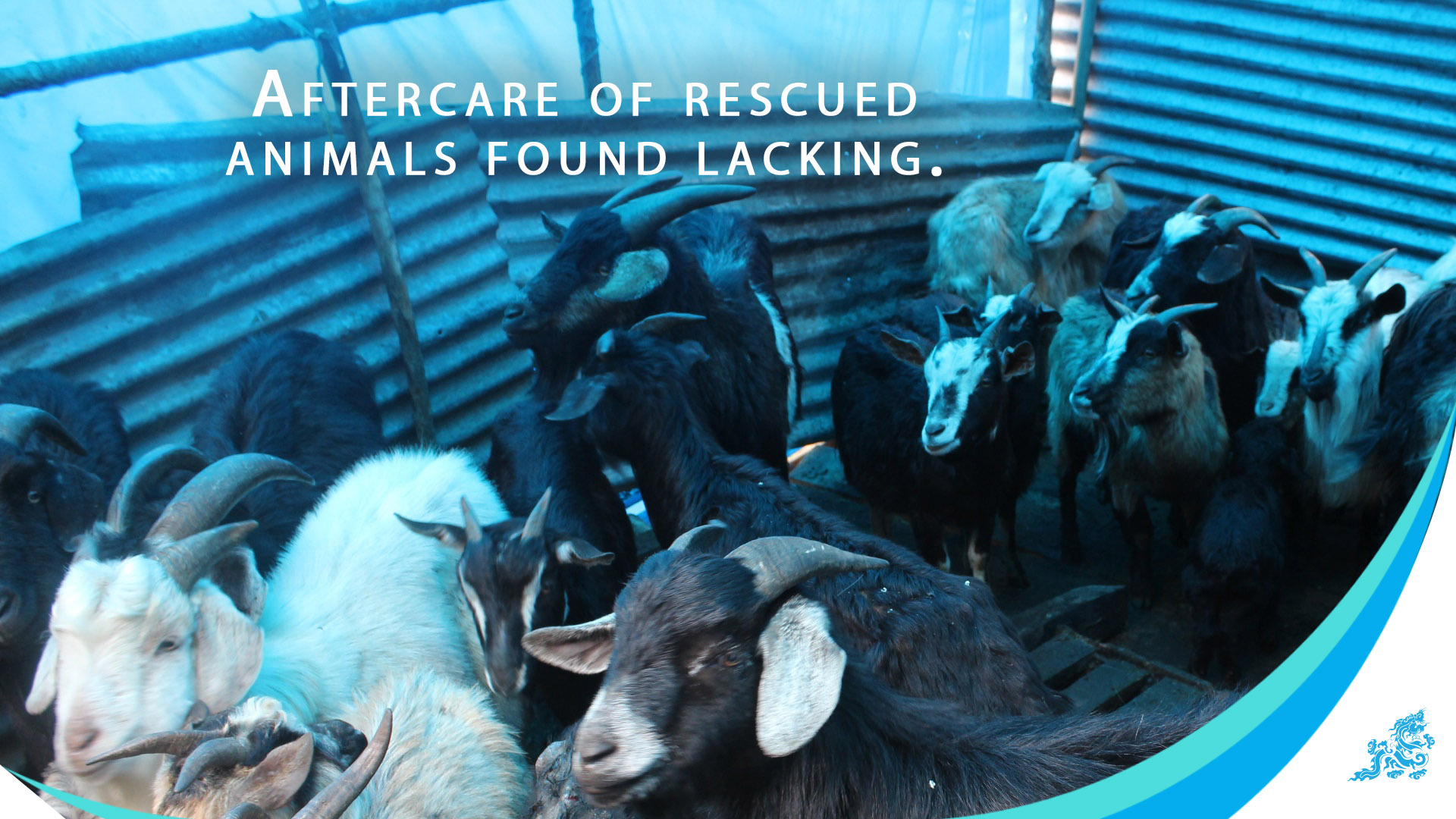
Authorities going to enforce the guidelines for tshethar practice strictly
Yangyel Lhaden
Despite the good intentions in the rescue of animals, the current practice is doing more harm than good to the animals as they compromise their safety and risk outbreaks of new diseases in the country.
Officials from the agriculture ministry discussed the current practice of animal rescue during a consultative meeting yesterday with key stakeholders. Officials also presented on Guidelines for Tshethar Practice, 2018.
The guideline covers from registration of tshogpas and animal shelter, type and source of animal species for tshethar purpose, requirement and care of shelters and animals, issuance of movement permit and penalties for defaulters, among others.
Officials with Bhutan Agriculture and Food Regulatory Authority (BAFRA) and the Department of Livestock (DoL) shared the need to follow a middle path in preserving the old age tradition of rescuing animals. Following the guideline would ensure both parties benefit, officials said.
Dr Kinley Penjor from BAFRA said sensitisation and advocacy programmes were conducted when the guideline was launched, but animal rescue practice did not improve. “The need to reiterate the guideline was felt all the more.”
There is no aftercare for rescued animals. Many of them are attacked by wild animals. Those in the rescue shelters do not have adequate space or care, which lead to poor health and inbreeding, officials said.
The rescued animals were also behind the outbreak of emerging and re-emerging diseases and transmission of domestic animal diseases to wild animals. Bird flu in the country originated from rescued birds across the border, said an official.
One of the DoL officials said there was a huge risk if rescued catfish (an invasive species from across the borders) in Phuentsholing sewage could wipe out the native fish population and biodiversity of the Toorsa river and its tributaries. “Many people before border closure used to rescue catfishes from across the border and release in local rivers.”
The Livestock Rules and Regulation of Bhutan 2017 prohibits the import of animals for Tshethar purpose.
DoL’s Dr Karma Wangdi said the investigation of disease outbreaks showed that the disease originated mostly from rescued animals.
He said recently there were around 20 goats rescued and kept at Cheri monastery had caused the outbreak of goat pox in gorals and deer in the area.
BAFRA and DoL, on inspection to rescued animal shelters, found the animals cramped in a small space, stray cows without shelter, animals without caregivers, and increased offspring from inbreeding of inferior breed.
According to the guidelines, 25 decimal registered land is needed for one cattle or yak, 12-decimal land for between four and six sheep or goats, and one square metre for five fishes weighing approximately between 200 and 300 grams, among others.
Dr Karma Wangdi said overcrowding of animals could predispose animals to different types of diseases, and free grazing livestock shared the same pasture with wild animals, leading to transmission diseases.
A DoL official said the tshogpas should take care of the animals to meet their freedom from hunger and thirst, freedom from pain, injury and disease, freedom from discomfort, and freedom to express normal behaviour.
The guidelines also state all tshethar tshogpa’s should be registered as a non-government organisation with the Civil Society Organisations Authority. All animal shelter meant for tshethar purpose should meet all the guidelines’ requirements and should be registered with the respective local government.

